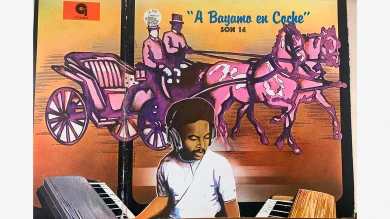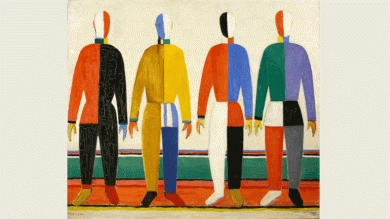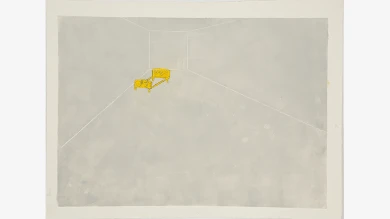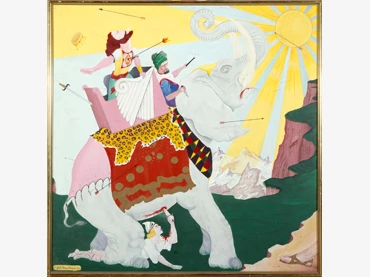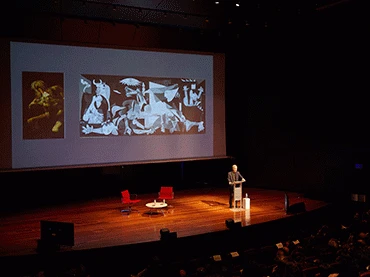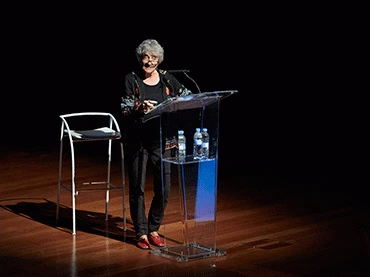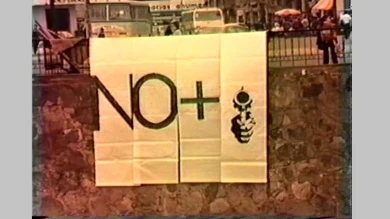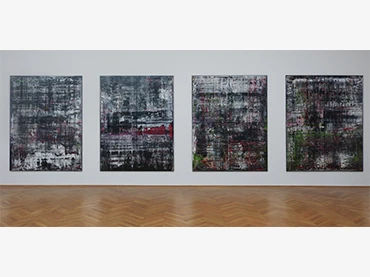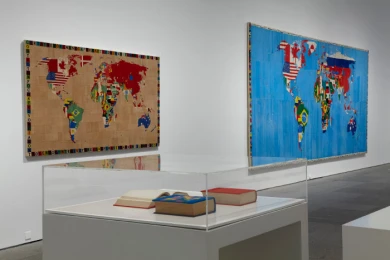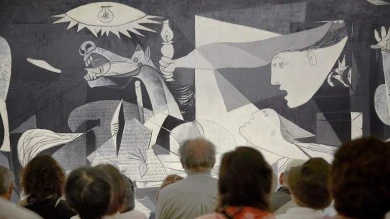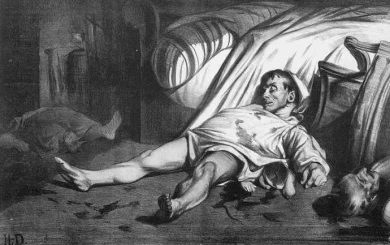The Juan Antonio Ramírez Chair
The Museo Reina Sofía Chairs are a place of permanent reflection around art history as a specific field of discourse and knowledge, its forms of writing — the narration and making inherent in its theory and practice — its methodological tensions and crossroads, and its flows into other knowledges and acts of making.
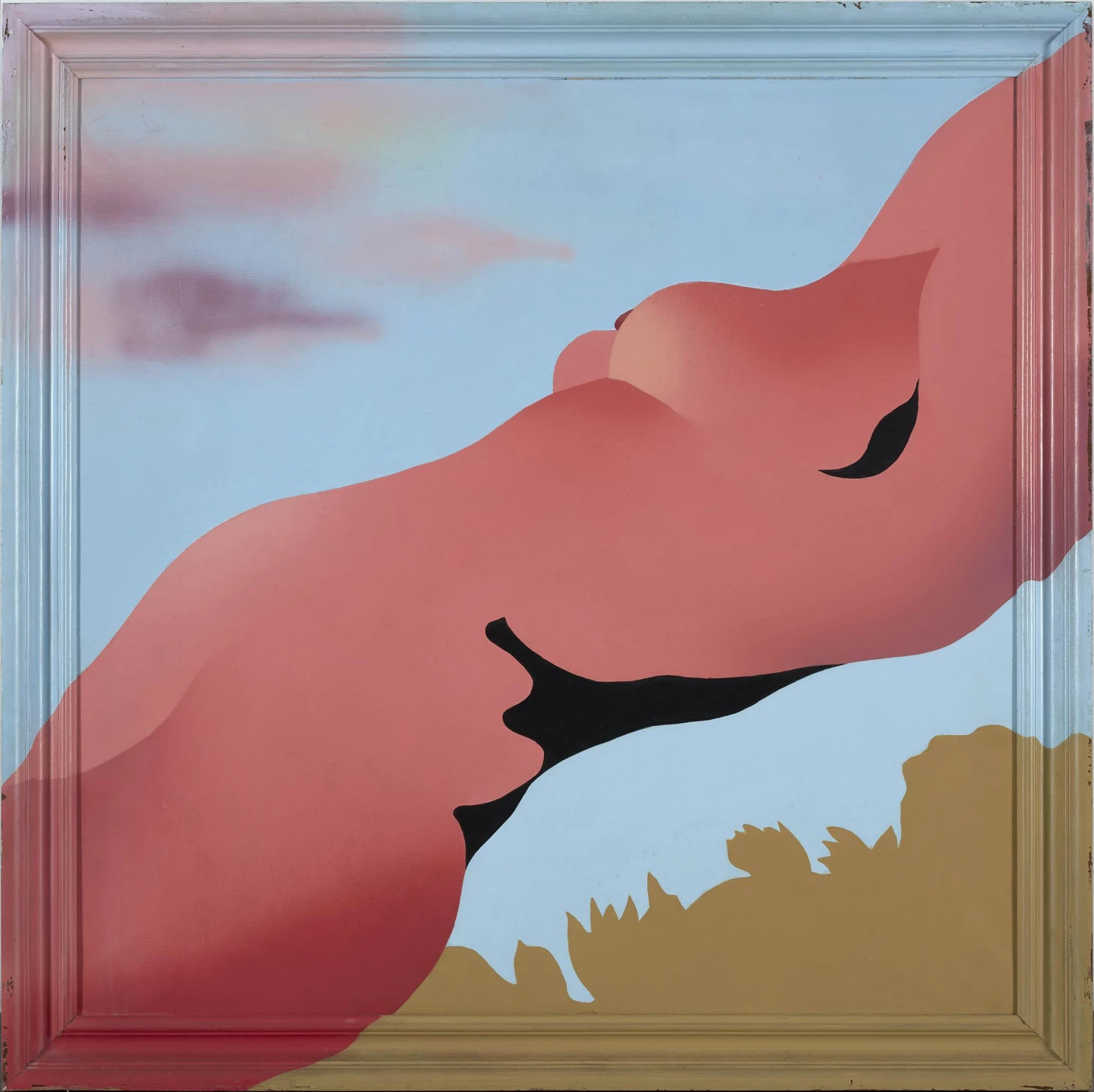
Ángela García Codoñer, Landscape, 1973
Donation of the author, 2020
The Juan Antonio Ramírez Chair centres on the history and historiography of art, understood as a discourse with specific conventions that must continue to be expanded, renewed and tested to update its relevance in today's world and society, particularly from the perspective of cultural studies.
The Chair is named in homage to Spanish art historian Juan Antonio Ramírez (1948–2009), who founded the MA in Contemporary Art History and Visual Culture, organised jointly by the Autonomous University of Madrid, the Complutense University of Madrid and the Museo Reina Sofía. Ramírez’s advocacy of art history in its freest and most inventive and original form shapes this space of collective questioning.
Chair activities
About the Chairs
Annually scheduled spaces for dialogue and debate which seek to rethink the present from multiple perspectives.
![Carlos Pazos, Tesoro (Pintura) (Treasure [Painting]), 1973. Museo Reina Sofía](https://recursos.museoreinasofia.es/styles/small_landscape/public/Actividades/AD04814_1.jpg.jpg.webp)
